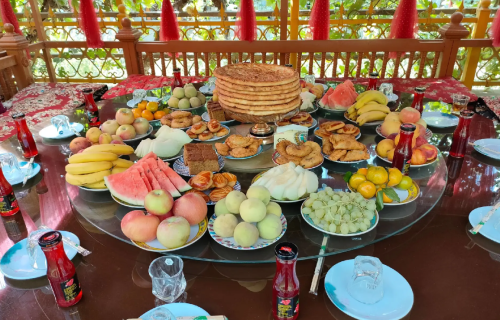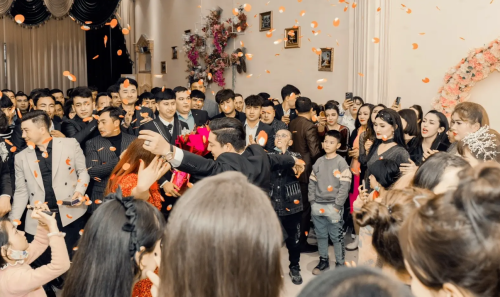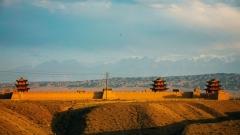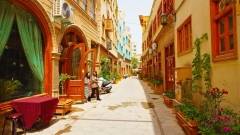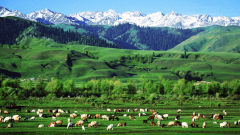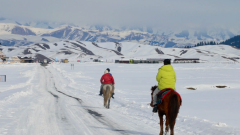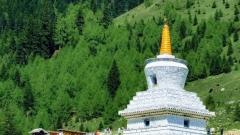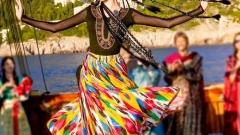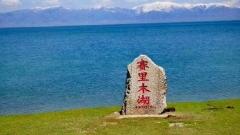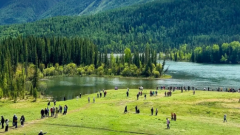In the heart of Xinjiang, at the crossroads of Central Asia and China, the Uygur people have built a culture rich in color, music, and tradition. Their weddings and festivals are not just family occasions — they are joyful celebrations of love, faith, and community.
From lively dances and hearty feasts to centuries-old customs, every Uygur celebration reflects a deep sense of unity and pride.
The Spirit of Uygur Celebrations
The Uygurs, a Turkic ethnic group mainly living in Kashgar, Hotan, Turpan, and Urumqi, are known for their hospitality and warmth. In Uygur culture, festivals and weddings bring families, friends, and even neighbors together — everyone joins in to share food, laughter, and music.
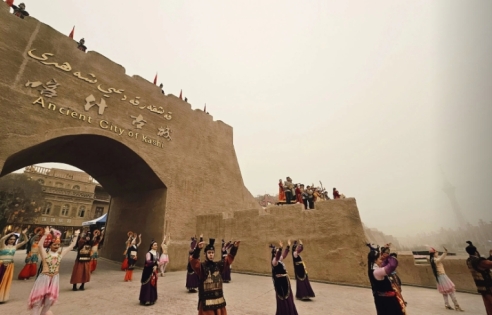
Kashgar
Faith plays an important role in Uygur celebrations. Most Uygurs are Muslims, and their customs are closely connected to Islamic traditions, but infused with local art, dance, and food that make their culture so distinctive.
Uygur Weddings: A Celebration of Love and Community
Engagement and Preparation
A Uygur wedding is not just a union between two individuals — it’s the joining of two families. Traditionally, the groom’s family visits the bride’s home with gifts such as fruits, sweets, and fabrics. Once both families agree, the Nikah (Islamic marriage contract) is arranged, often led by an imam.
Before the wedding, families prepare large quantities of traditional food like hand-pulled noodles, pilaf (polu), and mutton kebabs. Villagers help decorate the bride’s home with colorful carpets and flowers.
The Wedding Day
The wedding day begins with prayers at the mosque, followed by the Nikah ceremony where the couple officially becomes husband and wife. The bride wears a beautifully embroidered red or golden dress, while the groom wears a white shirt and embroidered doppa (traditional cap).
Then comes the celebration feast, where hundreds of guests gather in the courtyard or village square. There’s endless food, laughter, and of course, music and dancing — two essential parts of any Uygur wedding.
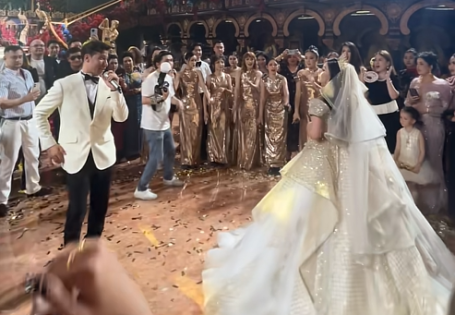
Men and women perform the Sama dance, moving gracefully to the rhythm of the rawap (lute) and dap (drum). The atmosphere is full of joy, symbolizing harmony and community blessings for the new couple.
Post-Wedding Traditions
After the wedding, it’s customary for the bride to visit her parents’ home a few days later, bringing gifts and receiving blessings. This marks the beginning of her new life while maintaining close ties with her family.
Major Uygur Festivals
Eid al-Fitr (Roza Heyt)
The end of Ramadan, the Islamic month of fasting, is one of the most important Uygur festivals. On Eid al-Fitr, people dress in their finest clothes, visit the mosque for prayers, and then gather for feasts with family and friends.
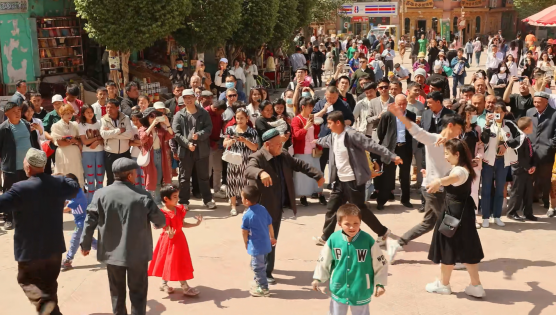
Eid al-Fitr
Homes are filled with the aroma of freshly baked naan, lamb kebabs, samsa, and sweet pastries like qatlama. Children receive new clothes and small gifts, and neighbors greet one another with “Eid Mubarak!”
Music and dancing follow in the evening — public squares in Kashgar and Hotan often come alive with performances and cheerful gatherings.
Eid al-Adha (Qurban Heyt)
Also known as the Festival of Sacrifice, Eid al-Adha commemorates the story of Abraham’s devotion. Families sacrifice sheep or goats, sharing the meat with relatives, friends, and those in need — a gesture of gratitude and generosity.
During this festival, Uygur communities also hold folk dances, horse races, and traditional markets, turning the celebration into a symbol of unity and faith.
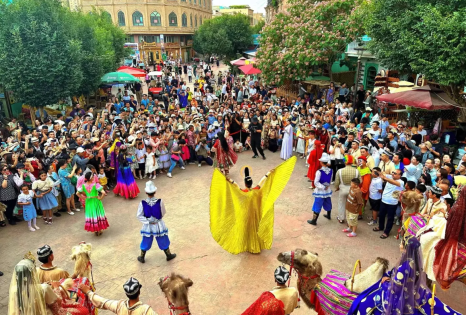
Nowruz Festival
While Islamic festivals are the core of Uygur religious life, Nowruz — the Persian New Year celebrated in spring — is also widely observed in Xinjiang.
For the Uygurs, Nowruz marks the arrival of spring and new beginnings. Families clean their homes, prepare festive meals, and plant trees or flowers to welcome the new season.
Communities organize open-air dances, sports competitions, and singing events. Young people perform traditional dances while elders bless the crops for the coming year.
Music and Dance: The Soul of Every Celebration
No Uygur festival or wedding is complete without music and dance.
The Muqam, a traditional Uygur musical suite blending poetry, song, and dance, is central to their culture. Designated by UNESCO as an Intangible Cultural Heritage, the Muqam is often performed at large gatherings to express love, joy, and devotion.
Dancers in colorful costumes move with elegance and emotion, their hands and eyes telling stories of passion and pride. Whether during a wedding in Kashgar or a festival in Turpan, these performances unite people in shared happiness.
The Taste of Celebration: Uygur Cuisine
Food is at the heart of every Uygur celebration. During weddings and festivals, long tables overflow with delicious dishes:
-
Polu (rice pilaf) – made with lamb, carrots, and raisins.
-
Kawap (lamb kebabs) – grilled over charcoal, juicy and aromatic.
-
Laghman (hand-pulled noodles) – served with vegetables and spiced lamb sauce.
-
Samsa – baked pastries filled with minced meat and onion.
Meals are shared with laughter and storytelling, reminding everyone that hospitality is one of the greatest Uygur virtues.
Preserving Traditions in Modern Times
Today, as cities in Xinjiang modernize, Uygur traditions remain a vital part of daily life.
Young couples might celebrate their weddings in hotels instead of courtyards, but they still include traditional dances, music, and halal cuisine. Festivals are often accompanied by modern performances and photography — blending old and new with pride.
Cultural heritage programs and tourism initiatives help preserve these customs, allowing visitors from around the world to experience authentic Uygur warmth and joy.
Conclusion
From weddings that unite entire villages to festivals that fill the air with laughter and song, Uygur celebrations are a beautiful reflection of faith, family, and culture.
For travelers, experiencing these traditions firsthand offers a deeper understanding of Xinjiang’s cultural richness — a land where ancient customs continue to shine with modern vitality.



